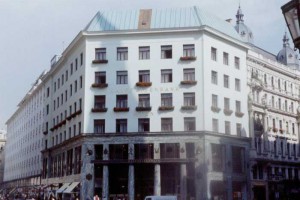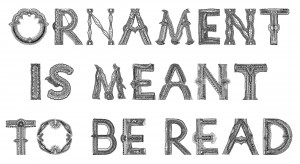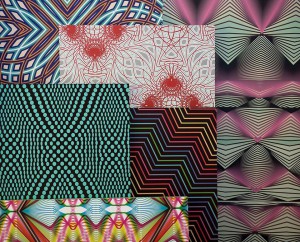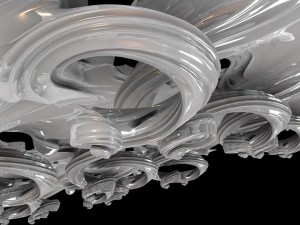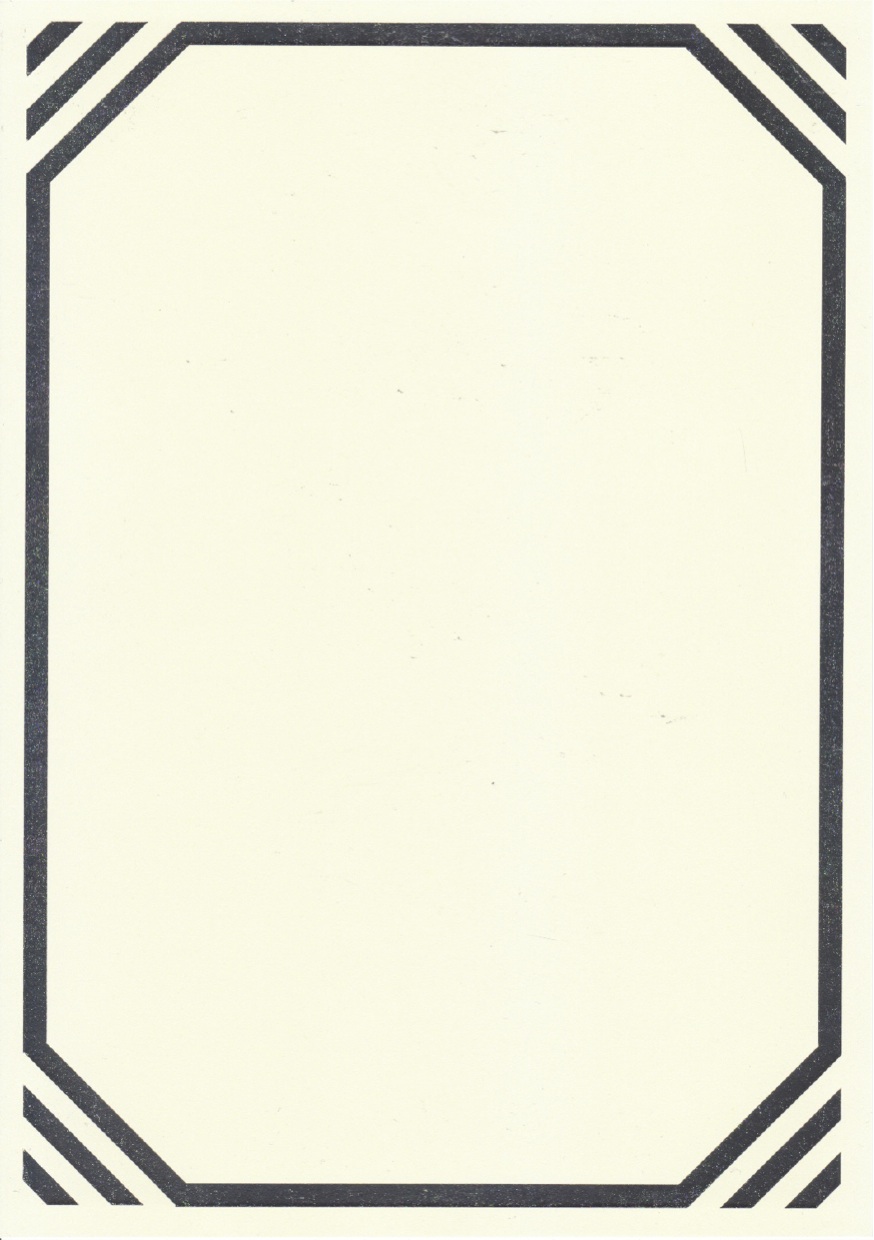Adolf Loos was an Austrian and Czech architect and an influential European theorist of modern architecture. One of his famous buildings, Looshaus, is now one of the most representative architectures of the modernist movement, although at the time it was established it had received great opposition and contempt.
The industrial revolution, the sudden accumulated wealth, and the people who longed for the appearance of the nobleman came to the city to compete with the idea that they should be more splendid than anyone else and it is natural that such people despised Looshaus. Anyhow, Loos was established with his opinion, he believed that the ornaments were not beauty, but more as a self-display and that if an artist made commodities for aesthetic purpose, it would not reflect the way people live and would not have the necessary function. The ornaments were a crime for Adolf Loos, a waste of the craftsman’s time, they were made for the main purpose of aesthetic pursuit and must be eliminated from architecture and design. He said that if an artist produces household items for aesthetic purpose, it does not reflect the way people live and it is a crime to make the worker spend so much time on such a useless thing. Therefore, he can not be called extreme functionalist, rather, his ideals were to produce household goods and to build buildings by reflecting the people’s real life at the time. Alfred Loos want to send his message to people who are captivated only by their splendid ornament and life and who are trying to forget their past without being true.
Hansje van Halem is an Amsterdam based graphic designer, she is mainly interested in typography, book design and other printing techniques but she also experiments with computer processed graphic patterns and drawings. Her work is centred on “exquisite” typography, it is a fusion of ornamental patterns and letters which become more then letter-forms, they are ornaments wth a specific function, they are meant to be read.
There are 100 years between the idea that Adolf Loos had about the use of ornament and the way Hansje van Halem is using it today, and it is very interesting to see how, although their point of view regarding it is so distant from each other, there’s still a big connection between two, both indeed are giving great importance to the “function” of their work, Loos eliminates the ornament because there is no function in it and van Halem on the other hand gives a function to it though the use of typography.
But how are the contemporary artists and architects actually reacting to the Adolf Loos’s ideas nowadays ? There are different manifestations of the ornament’s resistance in the contemporary architecture, The London-based FAT (Fashion Architecture Taste) for instance consider ornaments as an important and indispensable part of architecture, Charles Holland, partner of the FAT says in an article from the Financial Times: “The Loos argument is very interesting. As I understand it, he was saying that ornamentation was a waste of labour, effort and craft. With contemporary techniques and manufacturing it is possible to achieve a lot of complexity and intricacy with very little effort, so there’s a weird reversal of his argument. We regard ornament less as a guilty pleasure and more as a communicative tool. There is traditionally a kind of puritanism in the UK, a rather macho approach in which engineering and high-tech appliqué is OK. It can all be justified in practical terms but I think we can look more critically now at a modernism in which the motifs of industry were applied to architecture to make it look modern, which in itself is a kind of ornamentation.”
The current computer technologies are also playing a big role in the contemporary w orld, this modelling and manufacturing technologies has allowed the mass production of the most complex forms and ideas. Evan Douglis is using this technologies to create new strange, forms which recall baroque and rococo decoration in their own new digital world, he also says: “The technology and the software at our disposal now gives us enormous control over form, equations can become a material presence. We’re interested in that intricacy between pragmatism and retinal exuberance – it’s something that bridges the disciplines, from architecture to furniture, interiors and product.”
This new digital tools are helping designers and artist in their work as never before in our history and are also an easy way to experiment with forms, letters and of course ornaments, it makes the whole procedure more interesting and exiting, this is how Loos’s position, after a century, is slightly starting to become invalid, and the ornament on the other hand is on it’s way to decriminalisation.
a cooperative research by Yuriy Krupey & Eun Seo Lee
